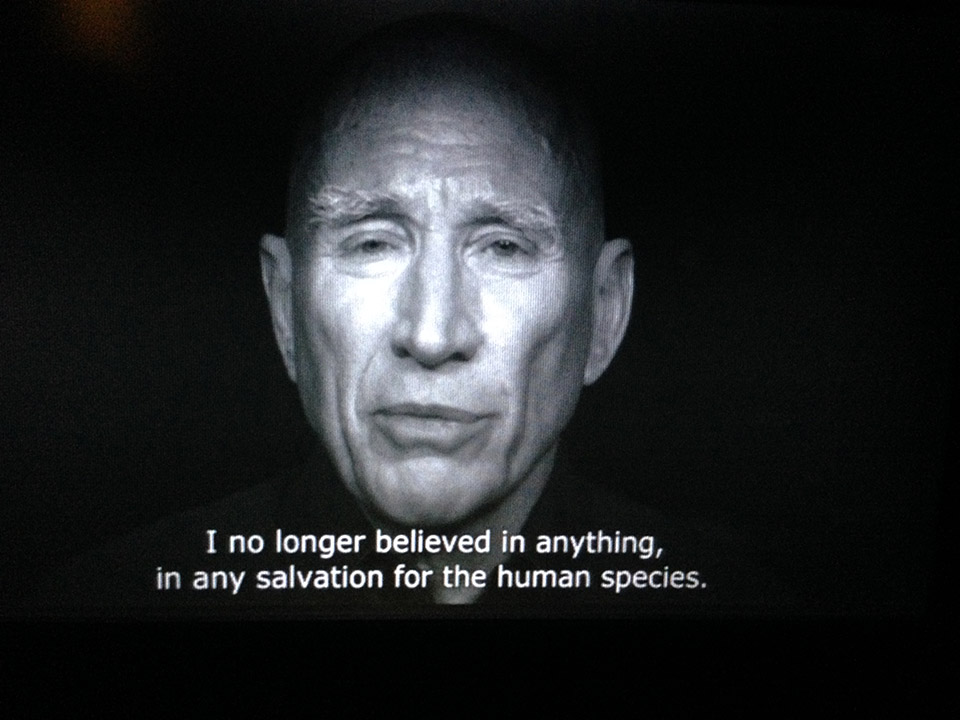
This past week the world lost one it’s great photographers and great people when Sebastião Salgado died. I think I startled my wife at my involuntary exclamation on reading the news. There is little point in me rehashing an obituary, many were shared in the media, this one from the Guardian provides a good insight into his life.
My appreciation for him began simply based on his photography which was, in my view, unique. His high contrast black and white images had a depth, power and texture that were unlike any others. His large format books are treasures in my library with each page turn revealing another amazing image.
Trained as an economist he soon found his calling as a photographer documenting human and environmental issues (including dramatic images of burning oil well fires in Kuwait) before turning his lens to nature in Genesis and then devoting himself to restoring and reforesting the family cattle farm on which he had grown up in Brazil. This process was part of a healing journey back from becoming so dispirited by the trauma of what he had photographed, inspired and supported by his wife Lelia. This life journey was beautifully filmed by Wim Wenders in the award winning The Salt of the Earth.
If you are not familiar with his work, do yourself a favour and follow this link to Sebastião Salgado images and explore. I would then suggest watching Salt of the Earth for a fuller understanding of his work and life (available on Apple TV and other platforms to rent or purchase).
In this day where the news cycle is saturated by sociopathic personalities driven by personal greed, domination and exploitation, othering of different humans and denial of climate issues, it seems that the main message is that to behave inhumanely you first need to be a human. It is easy to feel hopeless in the face of this deluge. Sebastião Salgado’s work shows that we can choose to individually make a positive difference. The world needs more humans like Salgado and sadly, we now have one fewer.

Tim
2 Jun 2025Well said, Tony. I came across Salgado’s photography by accident and I found it stunningly unique. In this time of photographic saturation, that comment is difficult to make and high praise indeed. And then as I came to know his books and him, through the Wenders documentary and press interviews, he revealed himself to be much like his photography, only more subtle and restrained. Thanks for taking the opportunity to make Salgado known to your many subscribers. Carry on.
Tim
tony
2 Jun 2025Thanks Tim.
John Gordon
3 Jun 2025Thank you for sharing. His was inspirational and will live on and hopefully be embraced by generations to come. They’ll need it.
tony
3 Jun 2025Thanks John. Couldn’t agree more.